I already did a post on this herd, but I feel I did not make appropriate use of the photos I took when I visited it in 2011. As I already said, that herd is the first Heck herd I ever saw, and therefore I like it very much, personally. But this herd is also remarkable for showing an - as much as we can say - 100% perfect aurochs coat colour with a well-marked sexual dichromatism, apart from some black cows. The horns aren't worth mentioning though, and the body is heavy and typical for central European milk-meat breeds, but for me they are nice to look at because of their colour. There are only very few Heck herds with such a good colour, and only few Iberian breeds.
The Hellabrunn herd is an important founding herd of the Wörth lineage, thus they have certain similarities. For example, the adult bull's right horn curves more outwards and upwards than the left, and some individuals from the Wörth lineage show the same asymmetry.
When I visited the herd back in 2011, my idea of the aurochs' outer appearance was not very precise - so I was not really aware of the differences - therefore it really was a magic moment for me to watch these cattle.
Now, enjoy the photos:
It's funny that you can actually recognize the founding breeds looking at certain features in this herd. The fur colour is certainly inherited from Corsicana (although "improved"), the vaguely torpedo-like trunk of the bull you see on the two upper photos is a legacy of that breed as well, otherwise its body and also the skull is very highland-like. The body shape and proportions of the cows, as much as the face of the adult cow, reminds me of Angeln cattle. The horns of this herd definitely resemble those of Hungarian Grey the most, but those of the bulls also look a bit like the horns of some Highlands.
The Hellabrunn herd strikingly resembles some of the historic Heck cattle (only of Heinz Heck's lineage, of course), which is logic from the population genetic sense because this zoo is where Heck cattle originated and where all other Heck herds come from, and therefore necessarily diverged phenotypically because of genetic drift. However, it could be a coincidence as well because genetic drift would effect the Hellabrunn herd as well and they are not the only Heck cattle that resemble the early members of the breed (but note that the Hellabrunn Hecks have features of the original crosses that others usually don't, like the torpedo-like trunk of the bull or the look of the face of the adult cow).

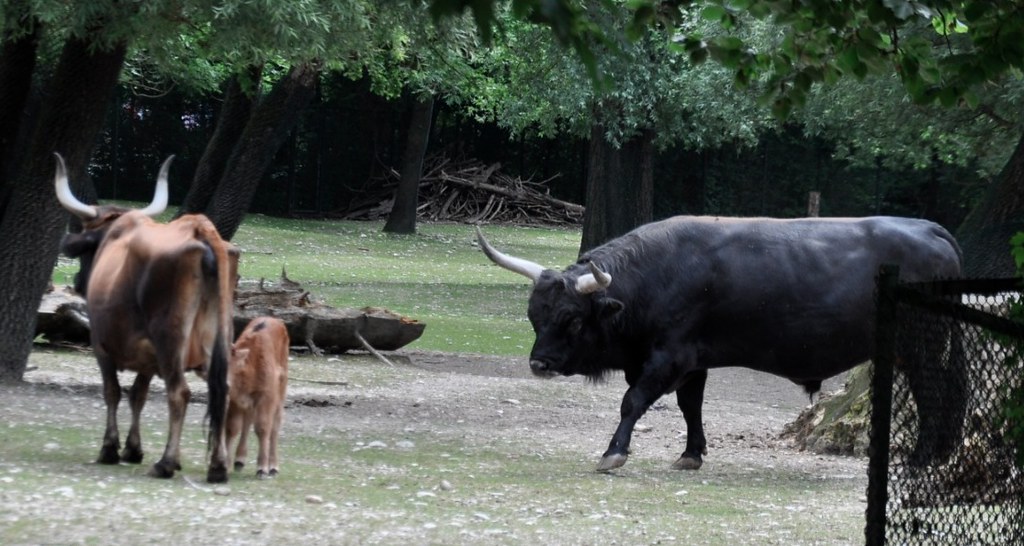

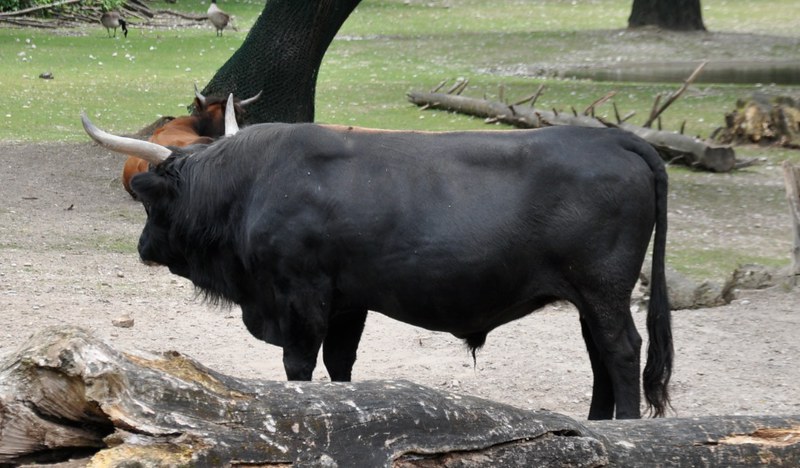
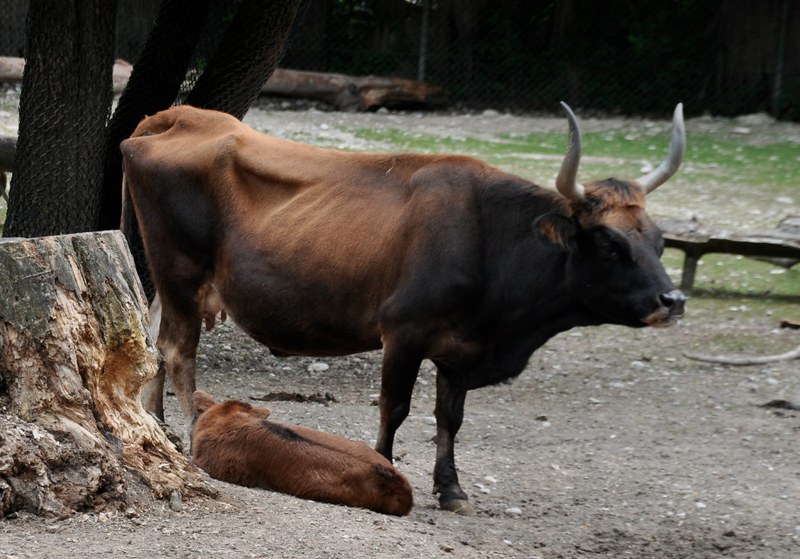


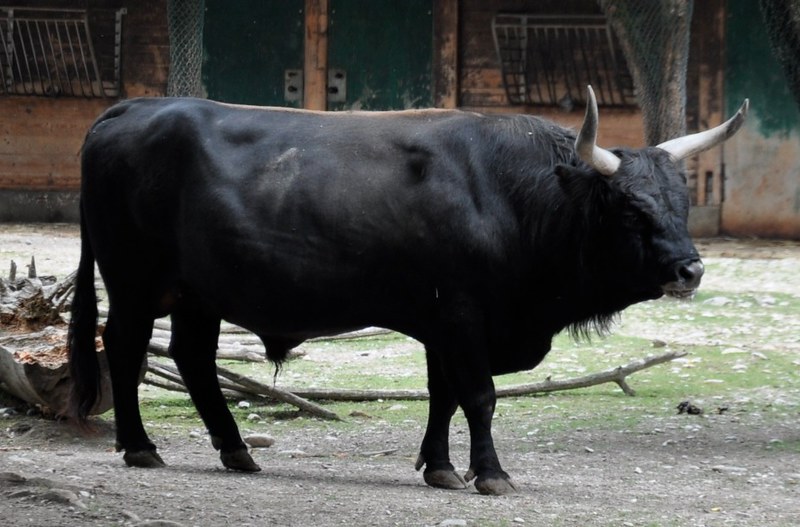
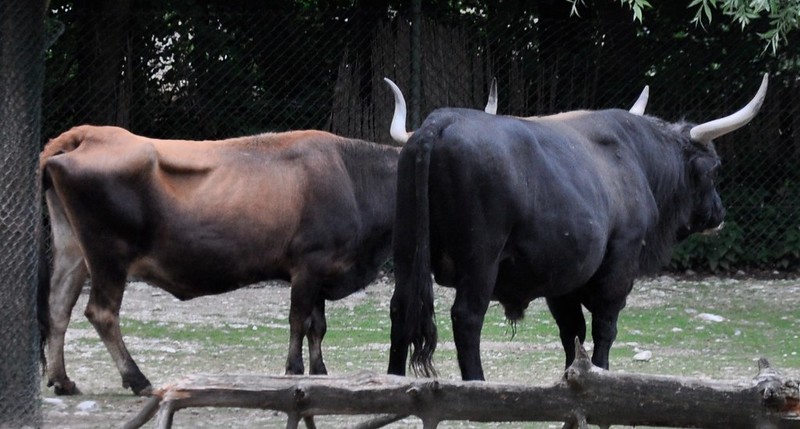
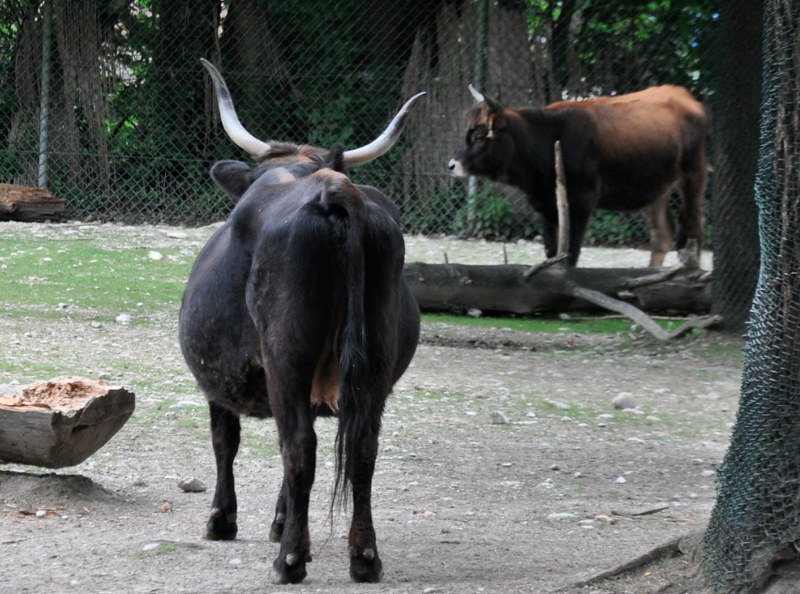

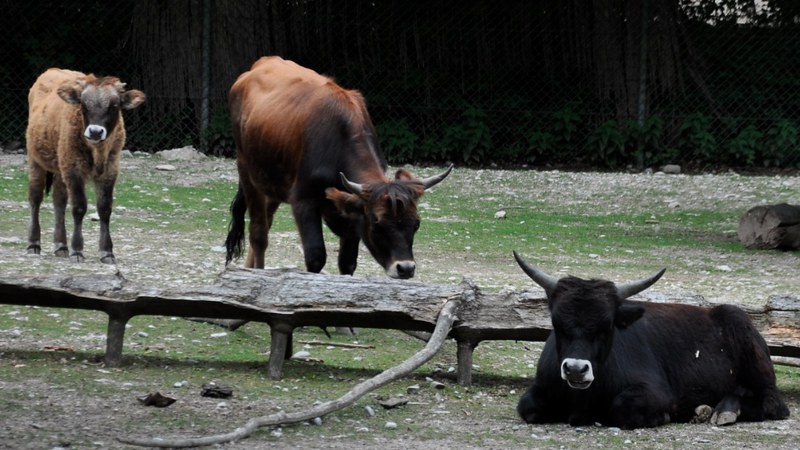
Very straight toplines. As a non-biologist do I presume correctly this is because of a smaller head, smaller horns and lack of natural selection for massive neck musculature supported by large spinous processes?
ReplyDeleteExactly! :-) Domestication selected for "more rump, less hump", and breeding-back should do the reverse, "more hump, less rump".
Delete